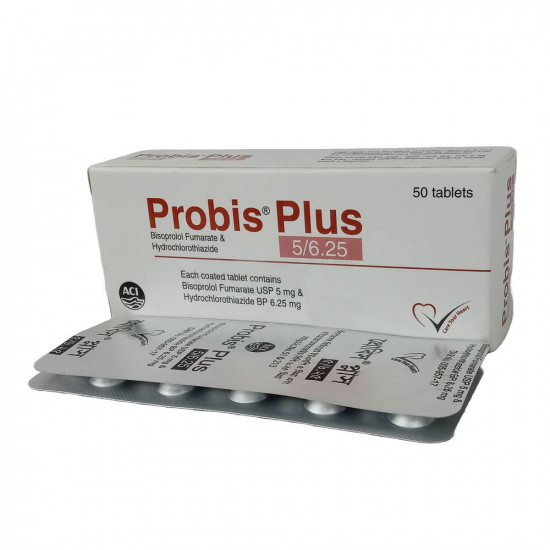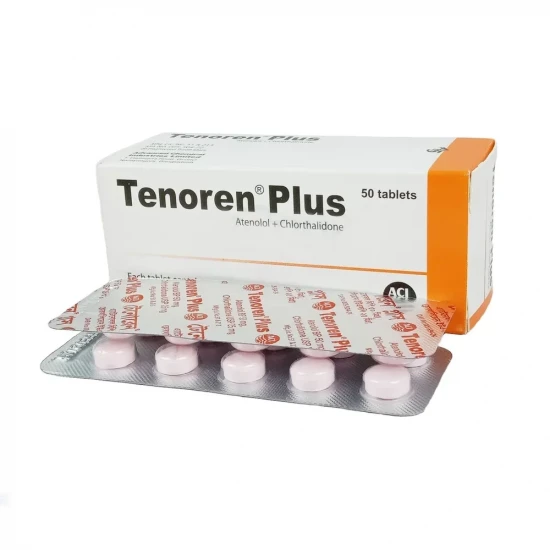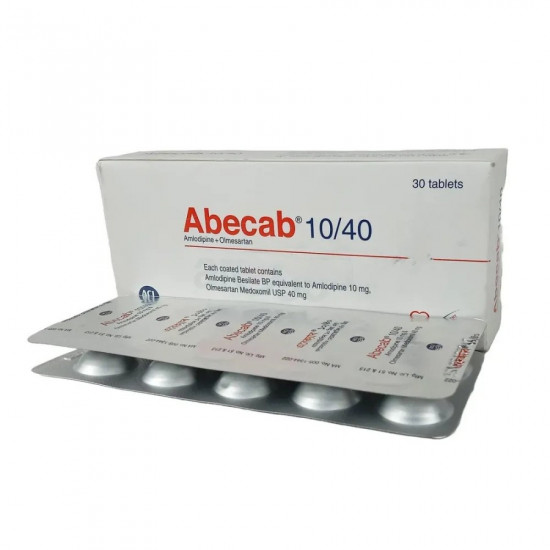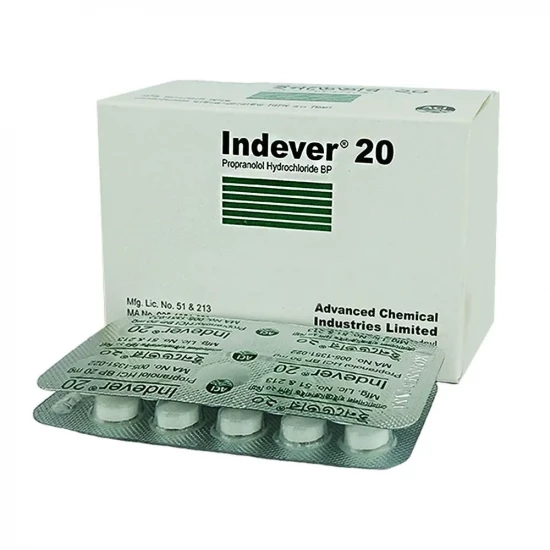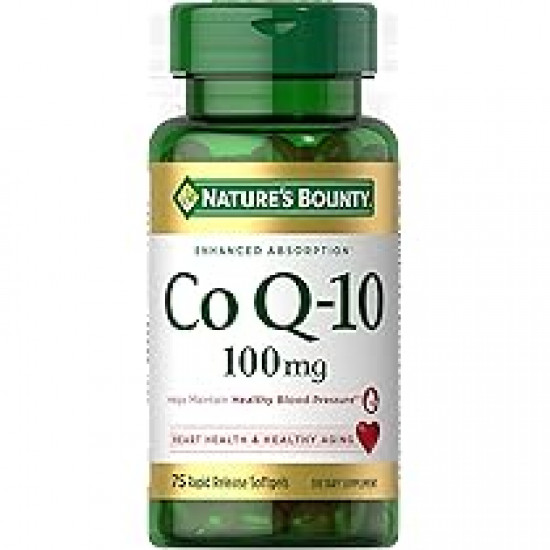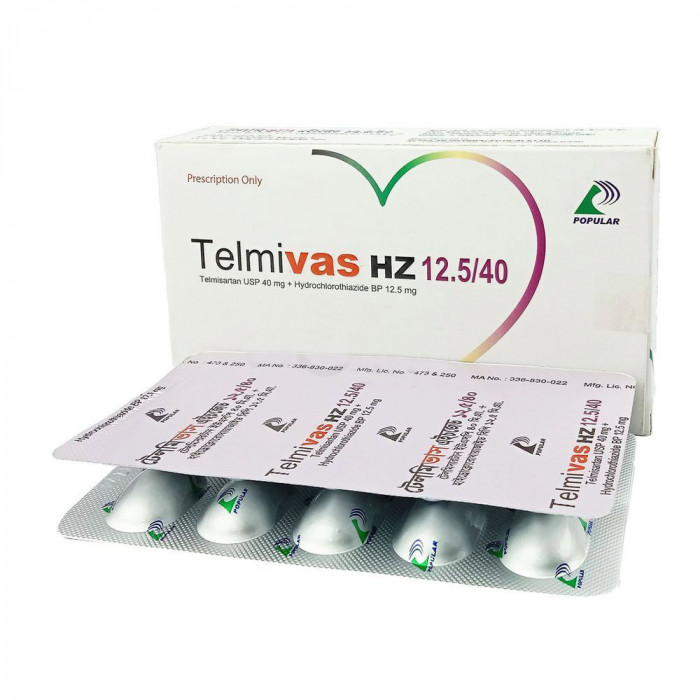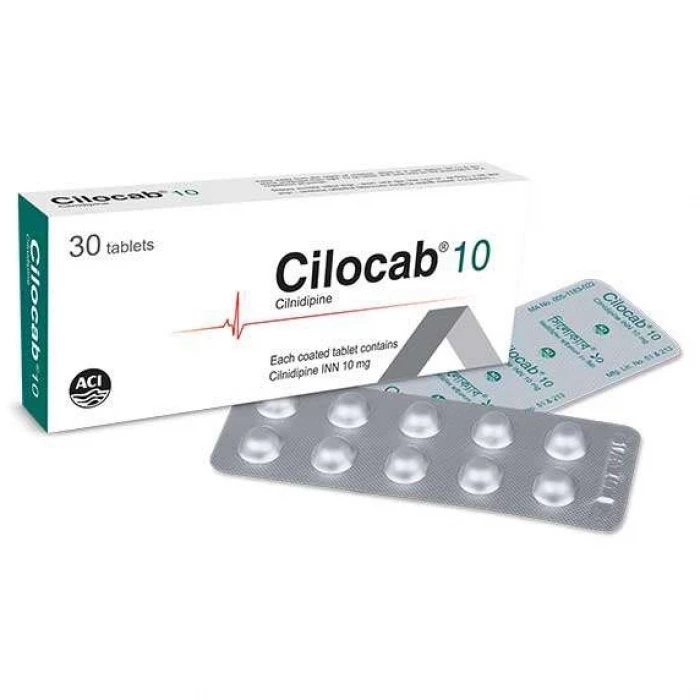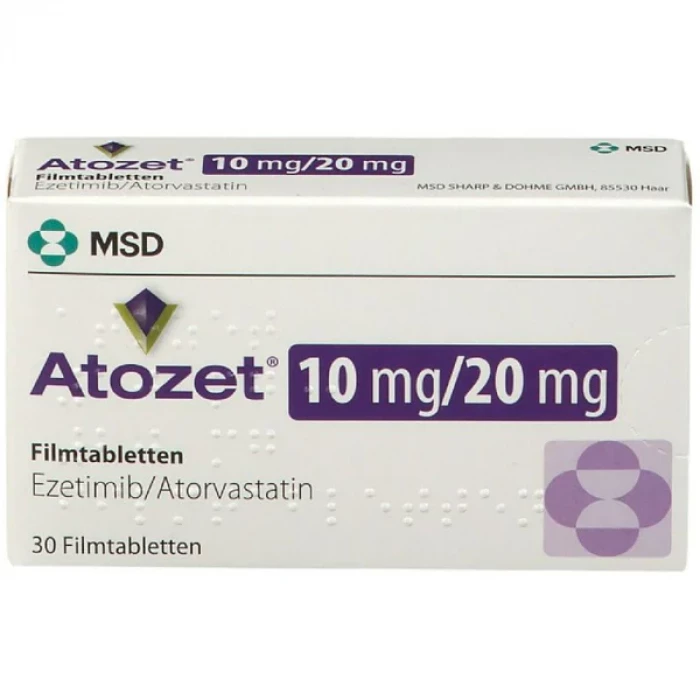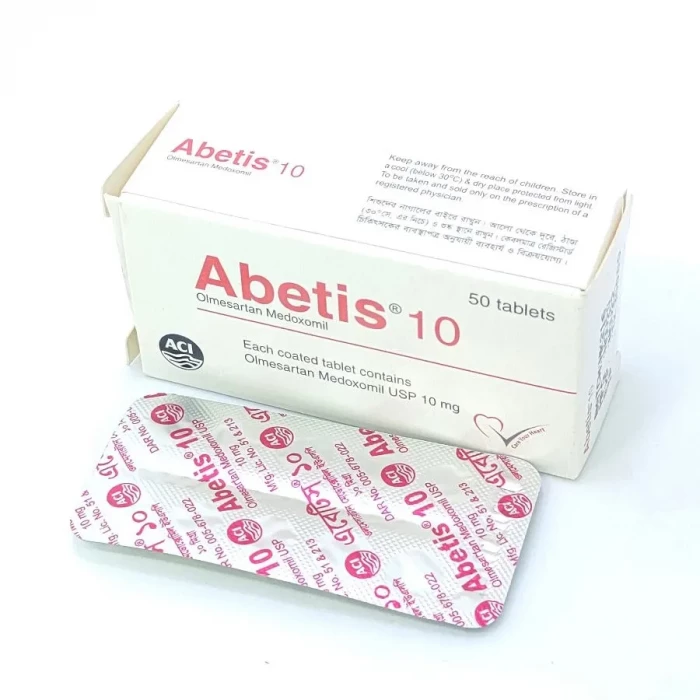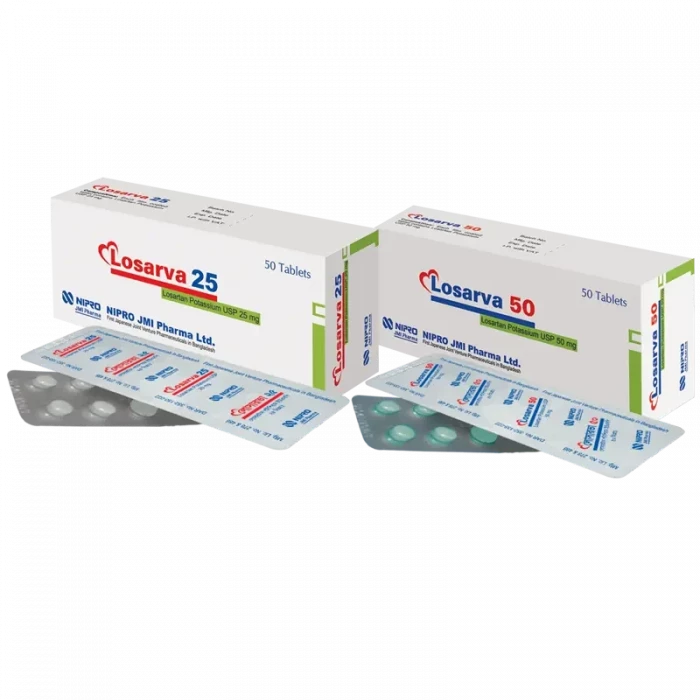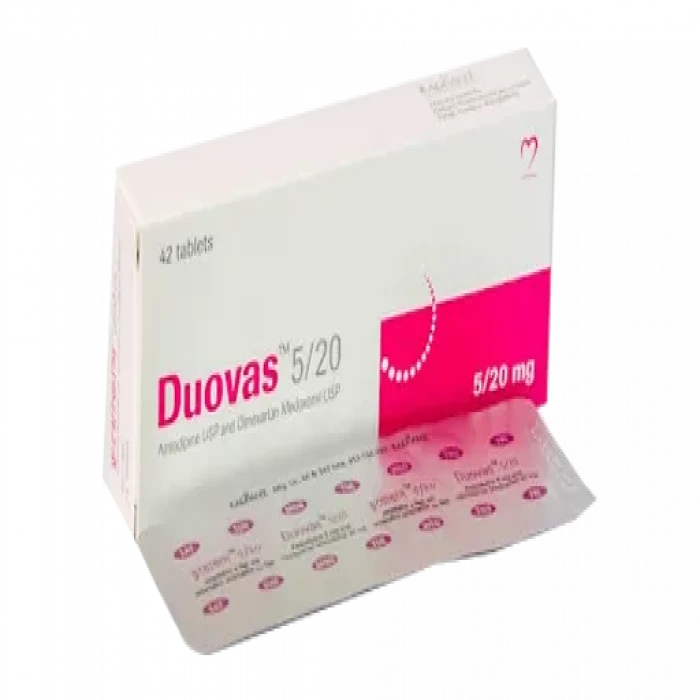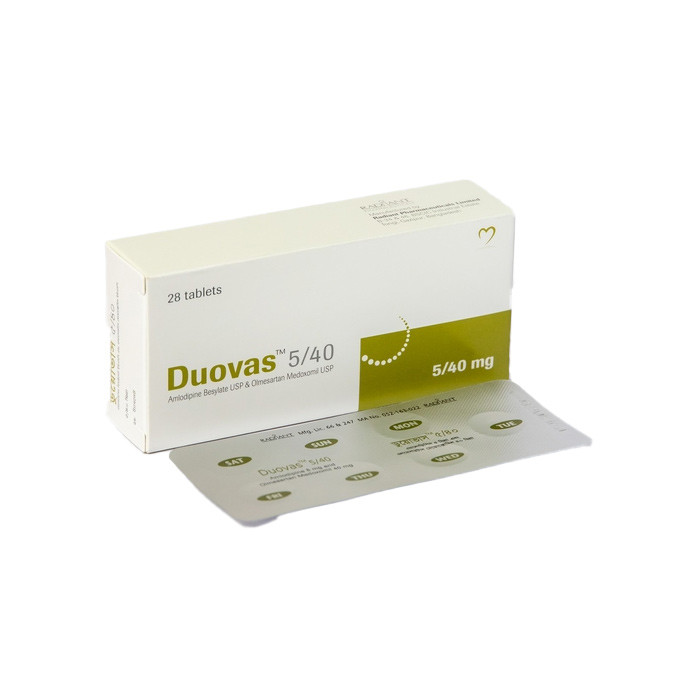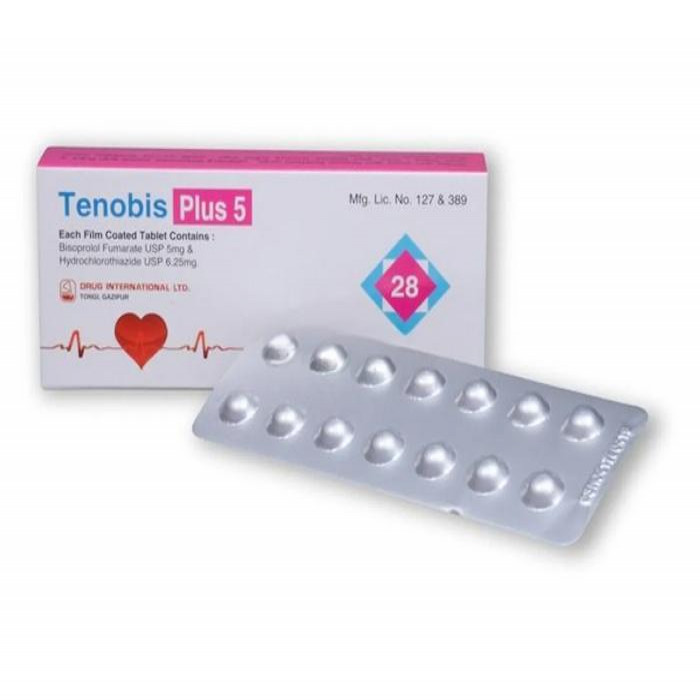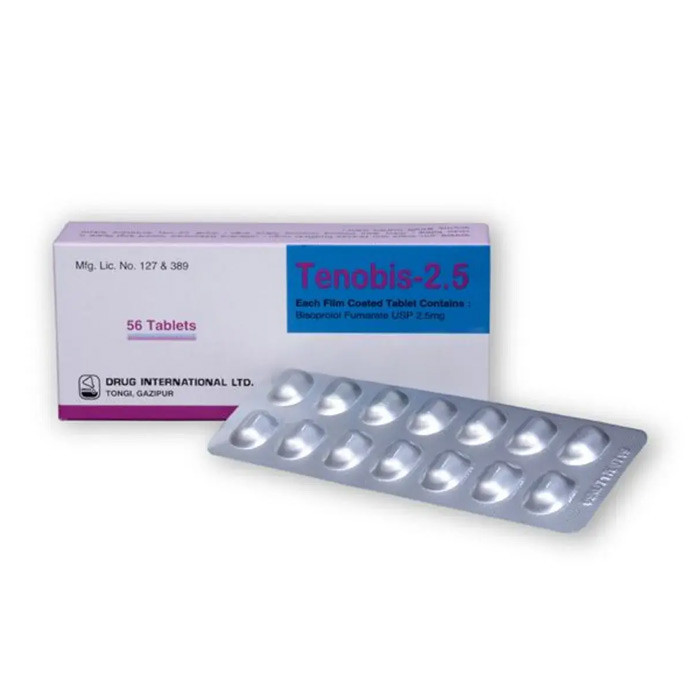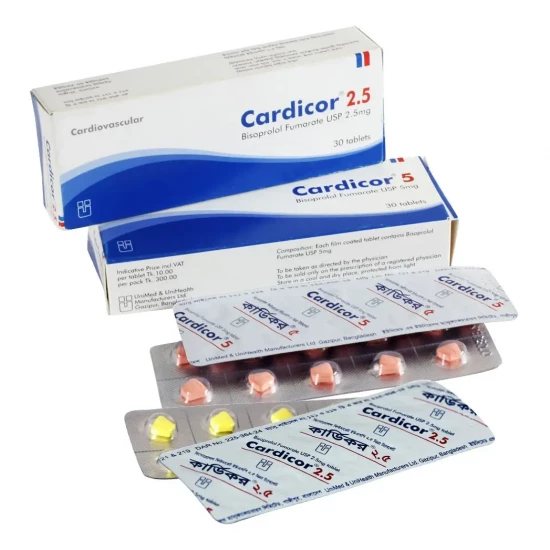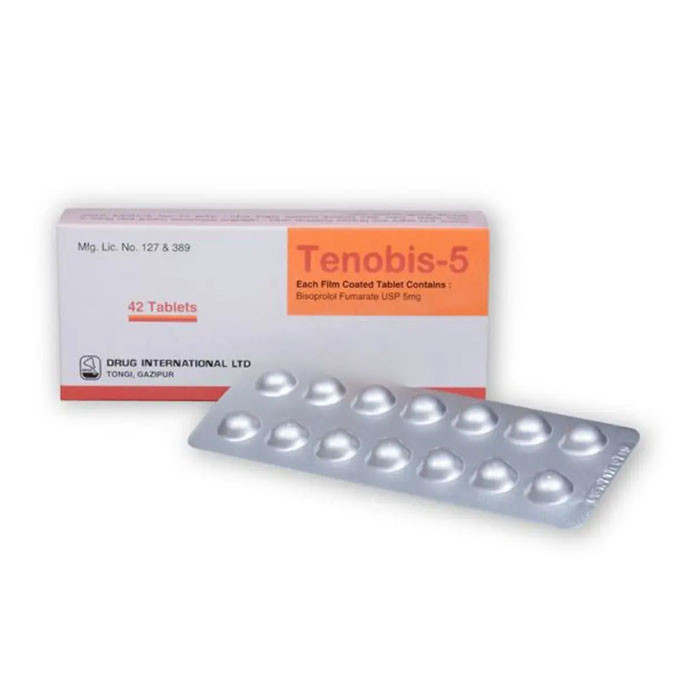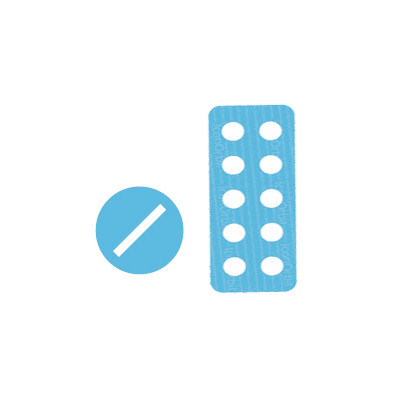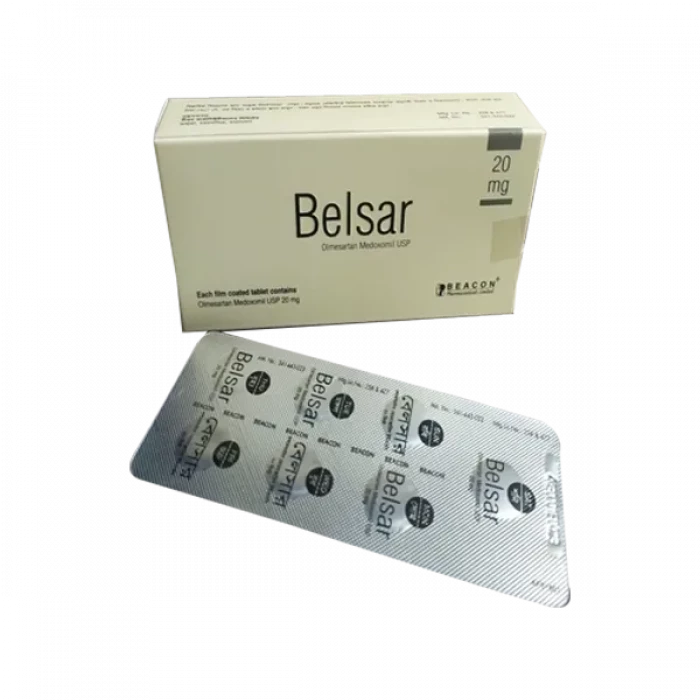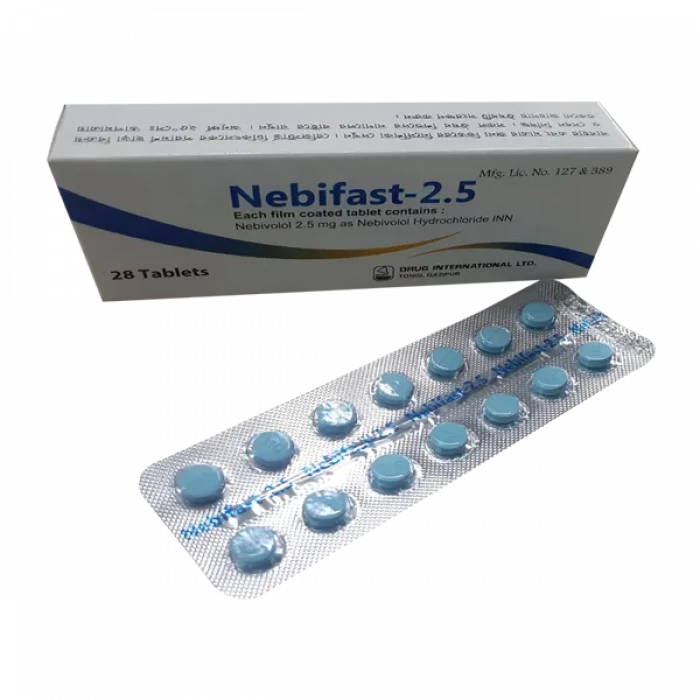
✔ 100% Authentic Product
👁️ Currently Viewing 917
✅ Description:
Indications
Nebivolol is indicated in
Hypertension
Treatment of underlying hypertension
Chronic heart failure (CHF)
Treatment of mild to moderate stable chronic heart failure in addition to standard therapies in high-grade patients the age.
Pharmacology
Nebivolol is a β-adrenergic receptor blocker. Nebivolol inhibits both 1 and 1 adrenergic receptors. Nebivolol lacks intrinsic sympathomimetic activity and stabilizes the membrane at therapeutic concentrations. At clinically relevant doses, nebivolol does not exhibit β1adrenergic receptor blocking activity. Various metabolites, including glucuronides, contribute to beta-blocker activity.
The mode of action of nebivolol involves:
decrease in heart rate
decrease in myocardial contractility
decrease in sympathetic outflow to the periphery of cerebral vasomotor centers
inhibition of renin activity and
vasodilation and reduction peripheral vascular resistance
Pharmacokinetics: Nebivolol is metabolized by several pathways, including glucuronidation and hydroxylation by CYP2D6. The active isomer (dnebivolol) has an effective half-life of approximately 12 hours in CYP2D6 rapid metabolizers (most people) and 19 hours in poor metabolizers, and exposure to dnebivolol was significantly increased in slow metabolizers. However, this is less important than usual because metabolites, including hydroxyl and glucuronide metabolites (mainly circulating metabolites), contribute to the blocking activity.
Absorption and Distribution: Absorption of Nebivolol is similar to that of oral solution. Mean peak plasma concentrations of nebivolol occur approximately 1.5 to 4 hours after administration of ME and PM. Food does not affect the pharmacokinetics of nebivolol. Nebivolol can be taken without regard to meals. The in vitro binding of nebivolol to human plasma proteins is approximately 98%, mainly to albumin, and is independent of nebivolol concentration.
Metabolism and Excretion: Nebivolol is mainly metabolized by direct maternal glucuronidation and to a lesser extent by N-dealkylation and oxidation via cytochrome P450 2D6. Following a single oral administration of 14Cnebivolol, 38% of the administered dose was recovered in the urine and 44% in the feces for ME and 67% in the urine and 13% in the feces for PM.
Digoxin: Co-administration of nebivolol (10 mg once daily) and digoxin (0.25 mg once daily) for 10 days in 14 healthy adults did not result in any significant change in pharmacokinetics of digoxin or nebivolol.
Warfarin: Administration of nebivolol (10 mg once daily for 10 days) did not result in any significant change in the pharmacokinetics of nebivolol or R or swarfarin following a single 10 mg dose of warfarin. Similarly, nebivolol had no significant effect on the anticoagulant activity of warfarin, as assessed by prothrombin time and INR profiles from 0 to 144 hours after administration of a 10 mg dose of warfarin in 12 volunteers. healthy adults. The starting dose should be reduced in patients with moderate hepatic impairment. No formal studies have been performed in patients with severe hepatic impairment and nebivolol should be contraindicated in these patients.
Dosage & Administration
The dose of Nebivolol should be individualized to the needs of the patient. For most patients, the recommended starting dose is 5 mg once daily, with or without food, as monotherapy or in combination with other agents. For patients requiring further reduction in blood pressure, the dose can be increased at 2-week intervals up to 40 mg. A more frequent dosing regimen is unlikely to be beneficial.
Interaction
Nebivolol should be used with precaution when myocardial depressants or AV conduct inhibitors, such as certain calcium antagonists (in particular phenylalkylamine [verapamyl] and benzothiazepine, such as the deopiramide, are used. Concurrent manner. Digital glycosides and β-smooths are slowing atriovertricular lead and decrease the heart rate. Concomitant use can increase the risk of bradycardia. Nebivolol should not be combined with other βblockers. Patients receiving catecholamamamamaMaMaMaMaMaMaMaMaMaMaMaMaMaMaMaMaMaMaMaMainine Such as the tank or guanetidine, must be closely monitored because the additional action of negivolol βblocking can produce an excessive reduction of sympathetic activity. In patients receiving nebing and clonidine, the barning should be interrupted for several days before the progressive conic of clonidine.
CYP2D6 inhibitors: Attention when nebivolol is coadministered with CYP2D6 inhibitors (quinidine, propagénone, fluoxetine, paroxetine, etc.)
Contraindications
Nebivolol is contraindicated in patients with severe bradycardia, first degree heart block, cardiogenic shock, decompensated heart failure, sinus disease (unless a permanent pacemaker is in place) or severe liver failure (ChildPugh> B) and in patients with known hypersensitivity to any ingredient of this product.
Side Effects
Headache, nausea and bradycardia.
Precautions & Warnings
Abrupt discontinuation of therapy: Patients with coronary artery disease treated with Nebivolol should be advised not to discontinue treatment abruptly. Paroxysmal angina and the development of myocardial infarction and ventricular arrhythmias have been reported in patients with coronary artery disease after abrupt discontinuation of beta-blocker therapy. Myocardial infarction and ventricular arrhythmias may occur with or without prior paroxysmal angina. Even patients without obvious coronary artery disease should be warned about abrupt interruption or discontinuation of treatment. As with other blockers, when nebivolol is discontinued, patients should be closely monitored and counseled to minimize physical activity. Nebivolol should be tapered over 1 to 2 weeks when possible. If angina worsens or if acute coronary artery disease develops, we recommend that nebivolol be restored promptly, at least temporarily.
Heart Failure: Sympathetic stimulation is an important component in supporting circulatory function in congestive heart failure, and (β-blockade may further reduce myocardial contractility and lead to worsening heart failure). In patients with compensated congestive heart failure, nebivolol should be considered.If heart failure worsens, discontinuation of nebivolol should be considered.
Acute Angina and Myocardial Infarction: Nebivolol has not been studied in patients with angina or who have had recent ML.
Bronchospasm: in general, patients with bronchospasm should not take (3 blockers
Anesthesia and major surgery: if nebivolol is to be continued perioperatively, the patient should be closely monitored. When anesthetic agents that reduce blood pressure and myocardial function, such as ether, cyclopropane, and trichlorethylene, are used, they are reversed by β-antagonists, eg, dobutamine or isoproterenol. may be prone to severe prolonged hypotension. In addition, difficulty restarting and maintaining heart rate has been reported with (β-blockers).
Diabetes and hypoglycemia: Beta-blockers may mask some manifestations of hypoglycemia, in particular tachycardia. Non-selective beta-blockers may increase insulin-induced hypoglycemia and slow blood glucose recovery. It is not known if nebivolol has these effects. Patients prone to spontaneous hypoglycemia or diabetics taking insulin or oral hypoglycemic agents should be informed of these possibilities and use nebivolol with caution.
Thyroid toxicity: Blockers may mask clinical signs of hyperthyroidism, such as tachycardia. Abrupt discontinuation of β-blockers may be followed by worsening of hyperthyroidism symptoms or may trigger a thyroid storm.
Peripheral Vascular Disease: Blockers may precipitate or worsen symptoms of arterial insufficiency in patients with peripheral vascular disease. Caution should be exercised in these patients.
Non-dihydropyridine calcium channel blockers: Because of the significant negative antispasmodic and chronotropic effects in patients treated with channel blockers and calcium channel blockers such as verapamil and diltiazem, caution should be exercised in patients treated with calcium channel blockers. concomitant therapy with these drugs and ECG and blood pressure should be monitored.
Therapeutic Class
Beta-adrenoceptor blocking drugs, Beta-blockers
Storage Conditions
Keep below 30°C temperature, away from light & moisture. Keep out of the reach of children.
⚠️Disclaimer:
At ePharma, we’re committed to providing accurate and accessible health information. However, all content is intended for informational purposes only and should not replace medical advice from a qualified physician. Please consult your healthcare provider for personalized guidance. We aim to support, not substitute, the doctor-patient relationship.




